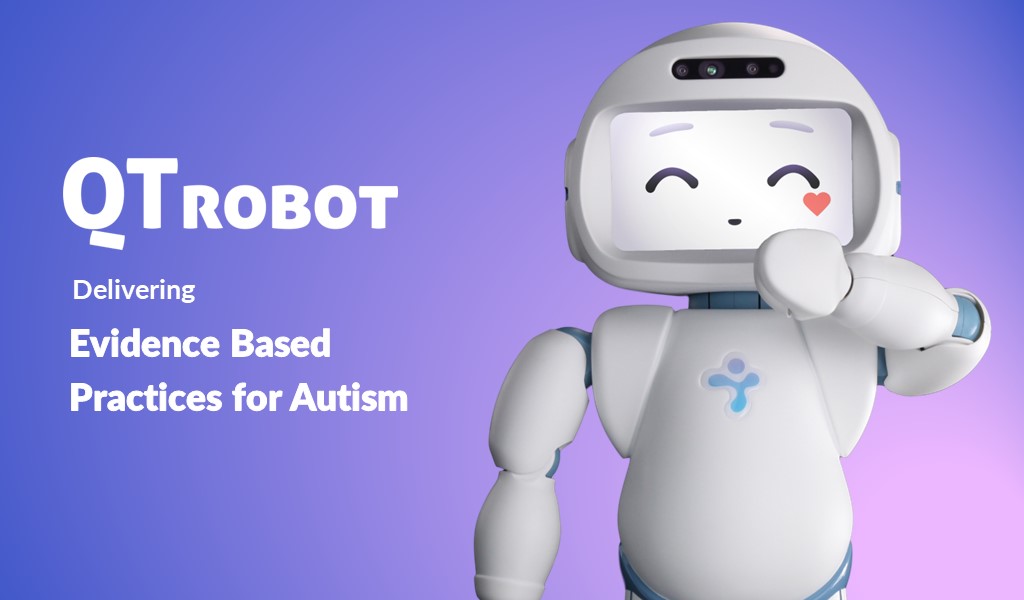Socially assistive robots are a type of robots that are built to help humans through social interaction. Being still a relatively new area of technology, socially assistive robots, are vastly used in research to evaluate their capabilities. In this blog, we dive into the research at University of Politecnico di Milano and the USC. Can socially assistive robots elicit empathy?
Social human-robot interaction – University of Politecnico di Milano & the Interaction lab at the USC
Micol Spitale is a PhD student at University of Politecnico di Milano and a visiting PhD student at the Interaction lab at the USC – University of Southern California. University of Politecnico di Milano is the largest technical university in Italy, specialized in engineering, architecture, and design. The research areas at the Interaction lab at the USC include developing computational models in the context of novel wellness- and learning-centered applications of human-robot interaction (HRI). The variety of technologies used in their research, are used in contexts such as rehabilitation, learning, therapy, and training. Working with users with autism spectrum disorder (ASD), Alzheimer’s, people with anxiety, depression and other conditions, they utilize various machine learning and signal processing techniques to develop user models that can be effective in even more challenging human-robot interaction.
Conducting her research, Micol Spitale has done several different projects with QTrobot. Let’s look further into some of her research and what feedback she has on QTrobot!
Human robot interaction – can a robot elicit empathy in users?
QTrobot is used in an empirical study to evaluate and try to understand how a socially assistive robot can elicit empathy in users. Firstly, they evaluate the emotions that the listener perceives when a robot is telling a story versus when the storytelling is made by a human being. Furthermore, they evaluated the storytelling based on if a story was told in first person or third person narrative. How does the level of empathy change in different situations? The main idea of the project was to study how to make the robot more empathic, to design it to elicit more empathy in the user.

QTrobot – an empathic robot
One of the main results was that when the story was told in first person narrative, the robot was perceived as more empathic. Additionally, the listener perceived the robot as more trustworthy and more human-like, when speaking in first person. When she asked users to describe QTrobot with adjectives, the QTrobot was described with very empathic words such as “it’s an emotional robot”. This shows that QTrobot elicited empathy in the users. Based on the conducted study, they were able to train a model to predict the eliciting of empathy in a human-robot interaction.
Translate text into effective gestures automatically by the help of a robot
In an ongoing study, Micol Spitale focuses on translating text automatically into effective gestures. The aim is to automatically generate gestures from a text to be synchronized with speech. At the writing of this blog, the research project is in the evaluation stage to understand if the user perceives the gestures as coherent with how the sentence is structured and with the content that they want to convey to the user through the sentence.

Use case & testimonial of QTrobot
– based on experience by PhD student
PhD student University of Politecnico di Milano and the USC, Micol Spitale, has used QTrobot in different research projects.
In addition to implementing social human-robot interaction by the help of QTrobot, Micol Spitale also appreciates the NUC – the core computer of the QTrobot – and the Ubuntu, which make the user experience easy for researchers and developers. As QTrobot is based on Ubuntu it is easy to start with and work with. You can also rely on the ROS community, which is a great plus, for implementing anything from a developer point of view, says Micol Spitale. This makes QTrobot really easy to work with!
About LuxAI & QTrobot
LuxAI is the manufacturer of QTrobot and distributes QTrobots to countries around the world. QTrobot platform for research and development combines the best-in-the-market hardware components with a friendly design. QTrobot is a robust platform suitable for intensive working hours and multi-disciplinary research projects on social robotics and human-robot interaction.
Appreciated by many professionals, the humanoid social QTrobot is a helpful tool in delivering best practices in child education. QTrobot works especially for children with autism and special educational needs. Through its big LCD screen and embedded emotional expressions, QTrobot is an expressive social robot that can convey emotions to the user. QTrobot can be easily programmed visually with QTrobot studio, or programmable by developers in a fully customised way.





